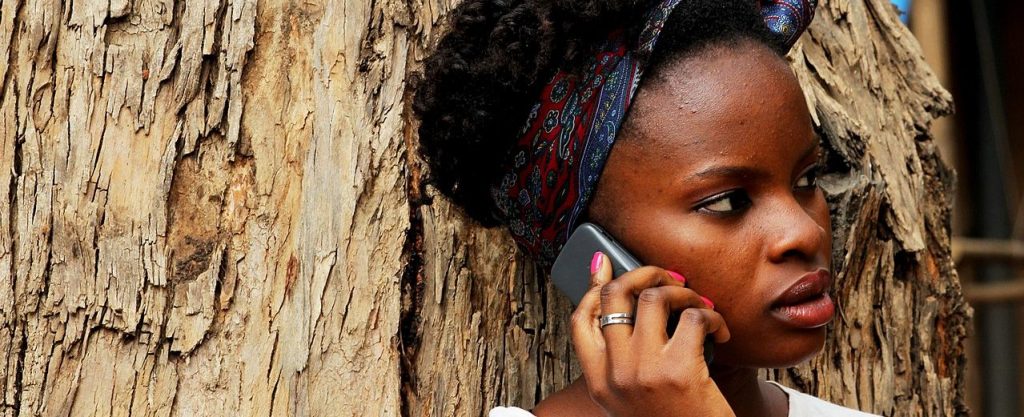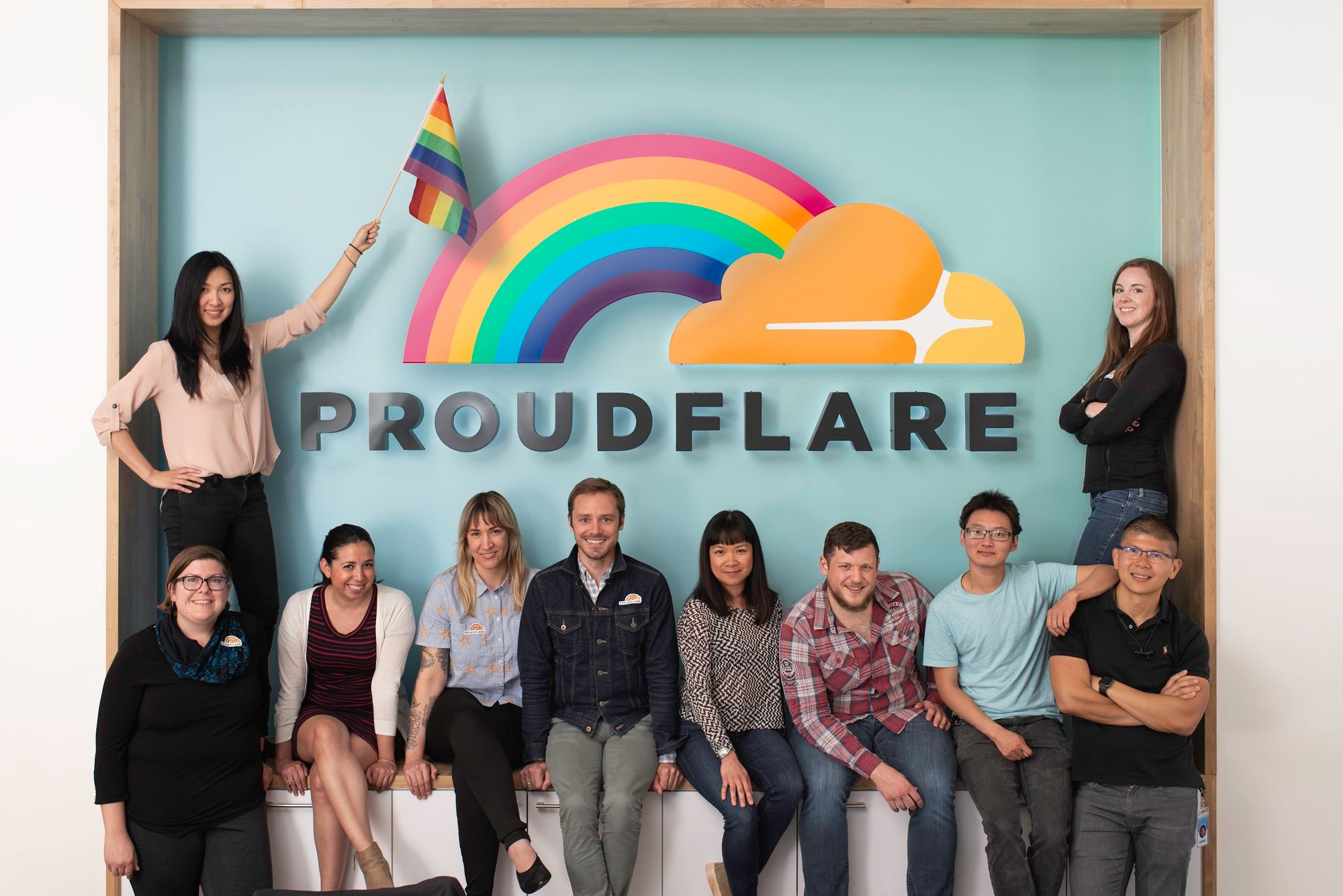Infrastructure life cycle costs: How ITAD and TPM can save you money
I was recently reading some responses to a question posted on the Spiceworks community forum that asked, “How do you dispose of old hard drives?" While there were some typically humorous responses, such as use them as target practice, smash them with a hammer, or drill a hole through them, I assume those comments were in jest. If not, those respondents are missing out on a great opportunity to get money back for their used equipment.It also reminds me of the need for safe, secure IT asset disposition (ITAD) services. It’s imperative to find an ITAD provider that offers data sanitization and destruction services that protect your company’s data integrity and privacy, handles your gear in an environmentally responsible way, and can also save your company money.To read this article in full, please click here

 She hung around for a little while. Like one of those visitors who come stay with you at your house and just won’t leave. Oh.. and then breaking a finger September 15th and struggling to type for the rest of the month.
She hung around for a little while. Like one of those visitors who come stay with you at your house and just won’t leave. Oh.. and then breaking a finger September 15th and struggling to type for the rest of the month.


 The NFV vendor says it can demonstrate more than 30 percent cost savings on Arm-based hardware. Telco Systems now has three different manufacturers for Arm boxes.
The NFV vendor says it can demonstrate more than 30 percent cost savings on Arm-based hardware. Telco Systems now has three different manufacturers for Arm boxes.